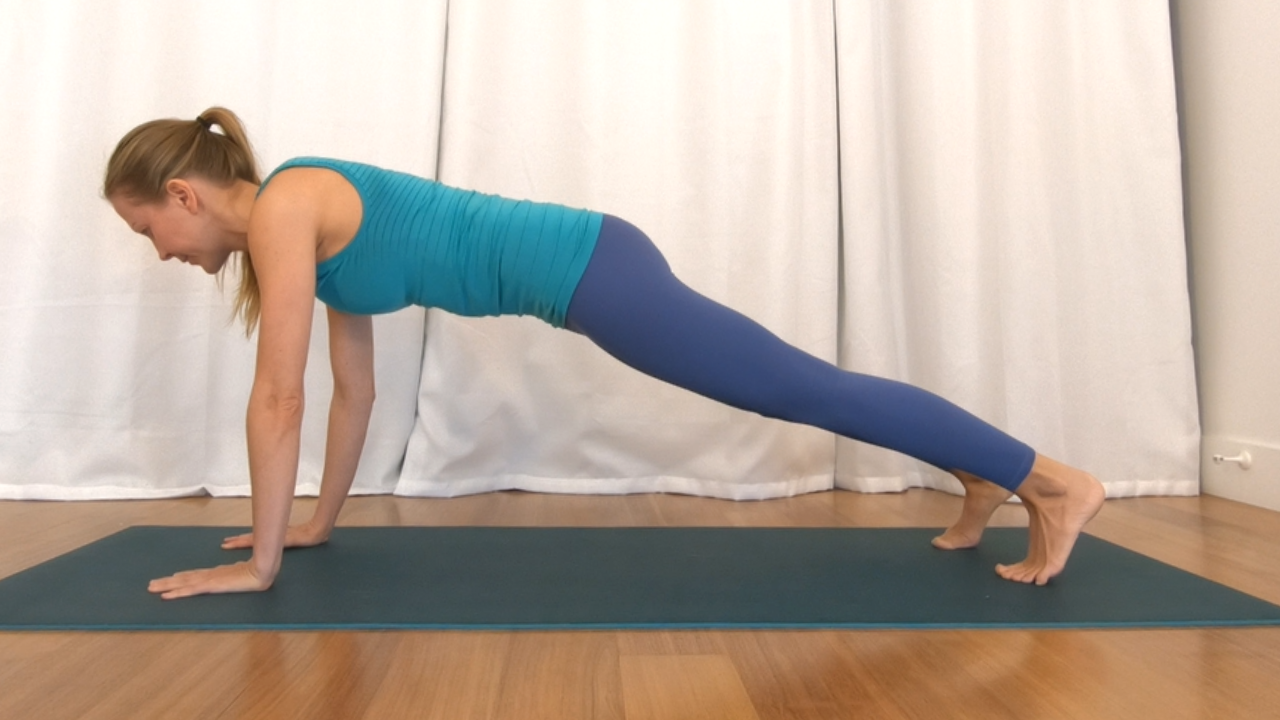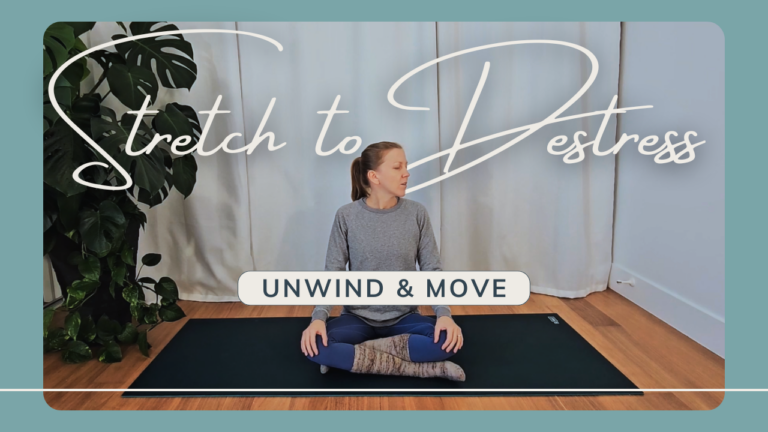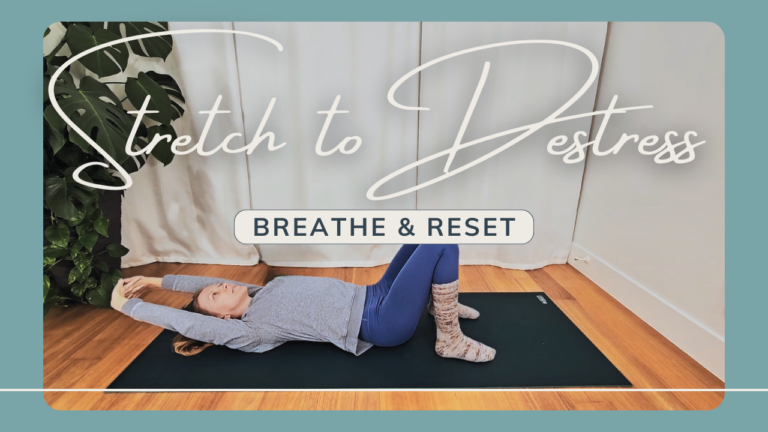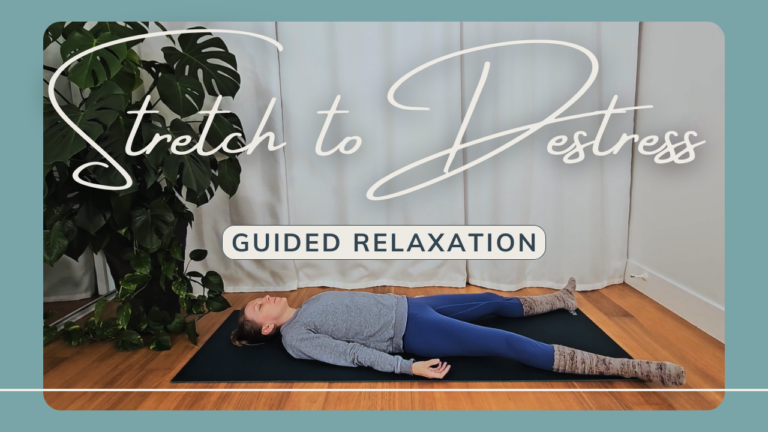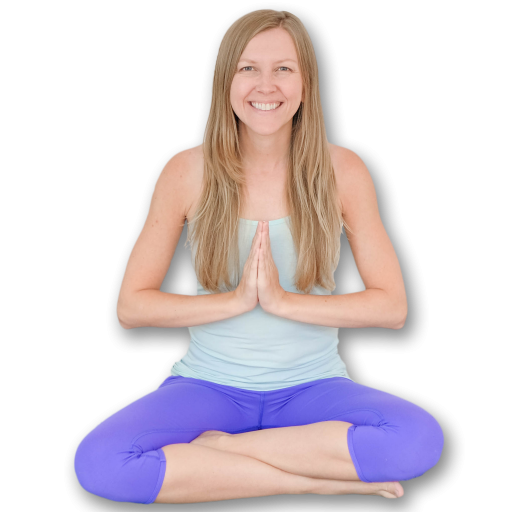Planks are one of the most ubiquitous exercises- you are just as likely to find them in a yoga class as at a fitness boot camp. It’s not surprising they are so popular since planks are one of the best exercises- they are extremely effective and target muscle groups throughout your whole body, particularly the core!

